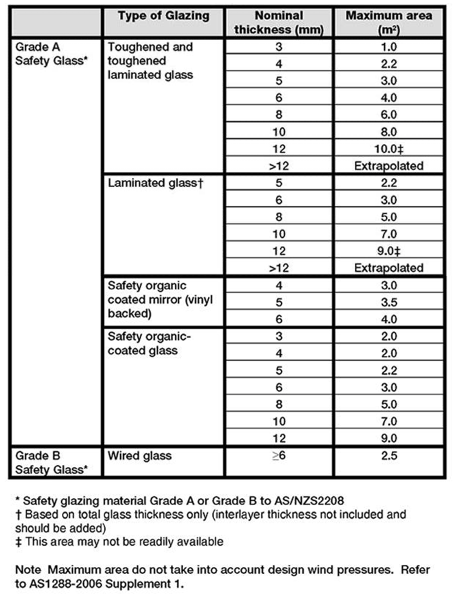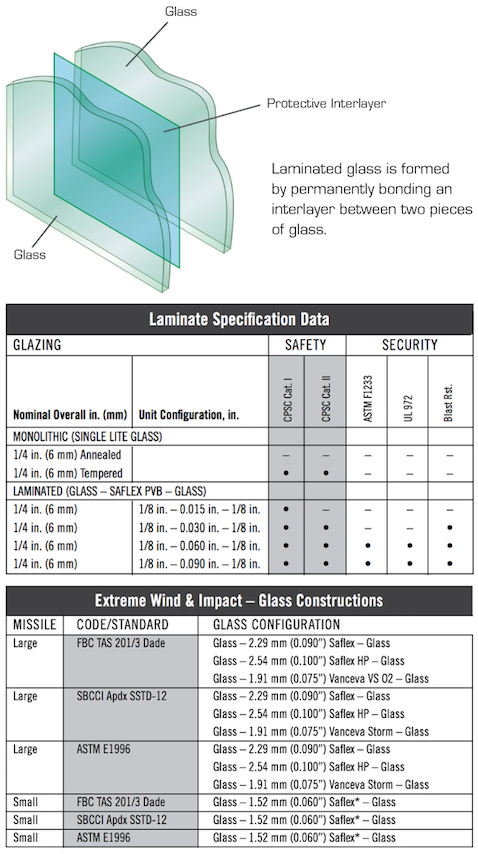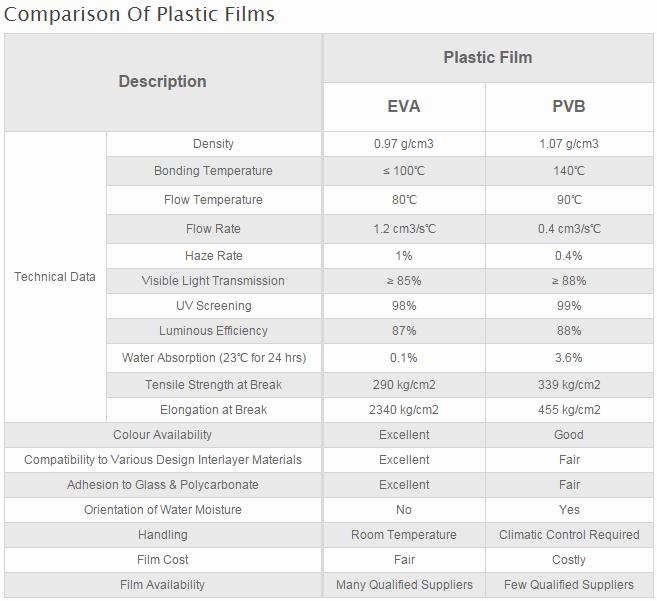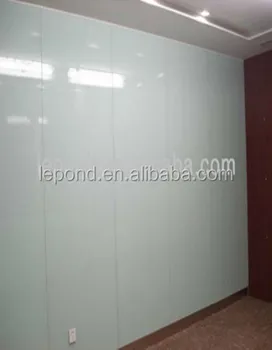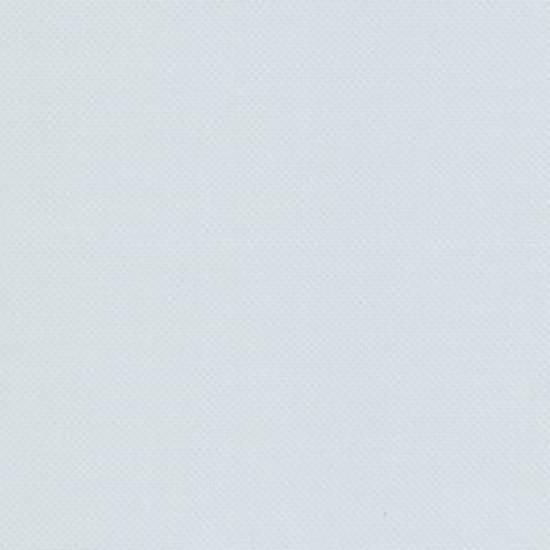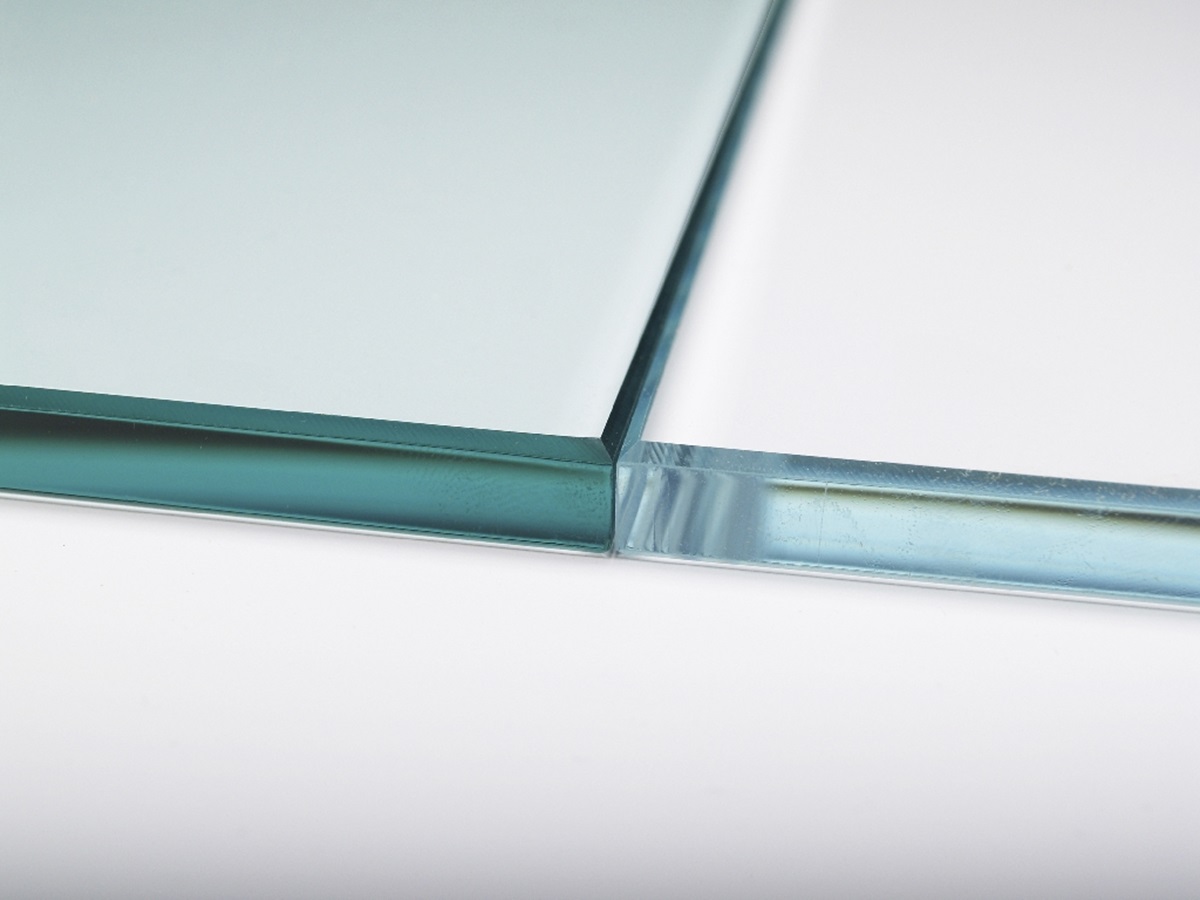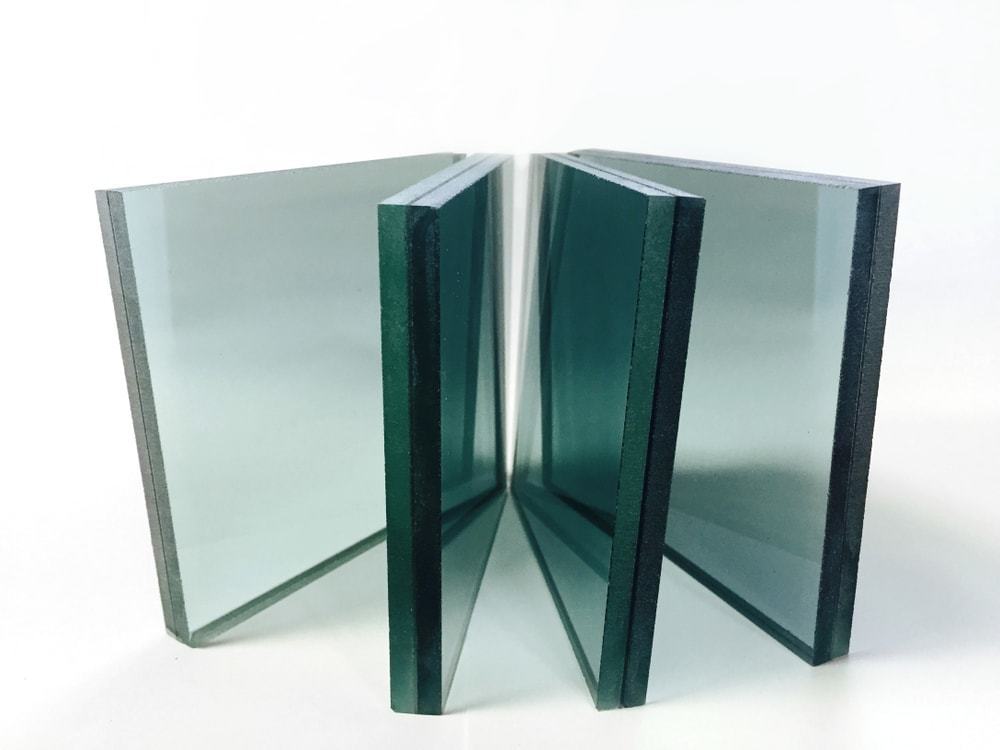1981 specification for impact performance requirements for flat safety glass and safety plastics for use in buildings and either must not break or must break safely.
White laminated glass specifications.
The thickness of glass substrate shall be within 0 2mm of nominal for 4 6mm glass 0 3mm of nominal for 8 12mm glass 0 5mm of nominal for 15mm glass and 1 0mm of nominal for 19mm glass unless otherwise specified.
Safety glass is defined as glass which must have passed an impact test currently bs 6206.
Laminated glass blocks 99 of ultraviolet radiation in the uva and b range of 280 380 nm.
Pilkington optilam i translucent white is a laminated glass incorporating a matt milky white translucent interlayer.
The maximum size of laminated glass is smaller than that of double and triple glass.
Single pane clear glass with a tdw of 0 84 allows most of the uv and visible energy to come through into the room offering very little protection.
Would you like to apply glass on top of a bathroom or other space where you want daylight to enter but preferably no viewing.
We can supply glass with a white interlayer.
Laminated by use of a white interlayer.
This range of uv waves is responsible for about 60 of material deterioration and color fading.
Laminated glass is two or more lites pieces of glass permanently bonded together with one or more plastic interlayers polyvinyl butyral or pvb using heat and pressure.
It maintains light penetration but provide privacy.
The glass and interlayers can be a variety of colors and thicknesses designed to meet building code standards and requirements as necessary.
Pilkington optiwhite is a low iron extra clear float glass with.
1 1 this specification covers the quality requirements of flat laminated glass consisting of two or more lites of glass bonded with an interlayer material for use in building and related applications.
Pilkington optilam is produced by combining two or more sheets of glass with polyvinylbutyral pvb interlayers.
It is designed to scatter light or appear translucent.
All dimensions 2mm unless otherwise specified.
The remaining 40 is due to visible light in wavelengths of 380 500 nm.
The use of glass in architecture and design is becoming more and more prevalent and pilkington optiwhite is at the very forefront of making it possible.
The reason for this is the sheer variety of benefits which pilkington optiwhite can offer making it an excellent choice for a wide range of applications.
On the other hand laminated glass can block over 95 of the uv energy while allowing most of the visible light through.
